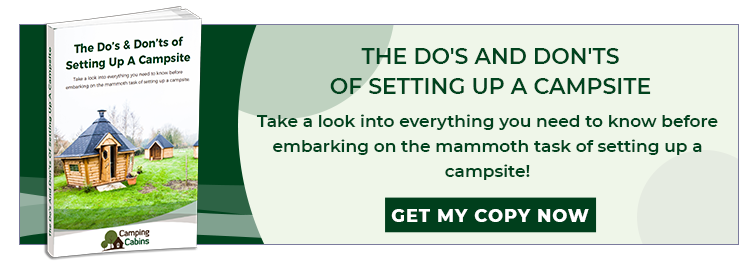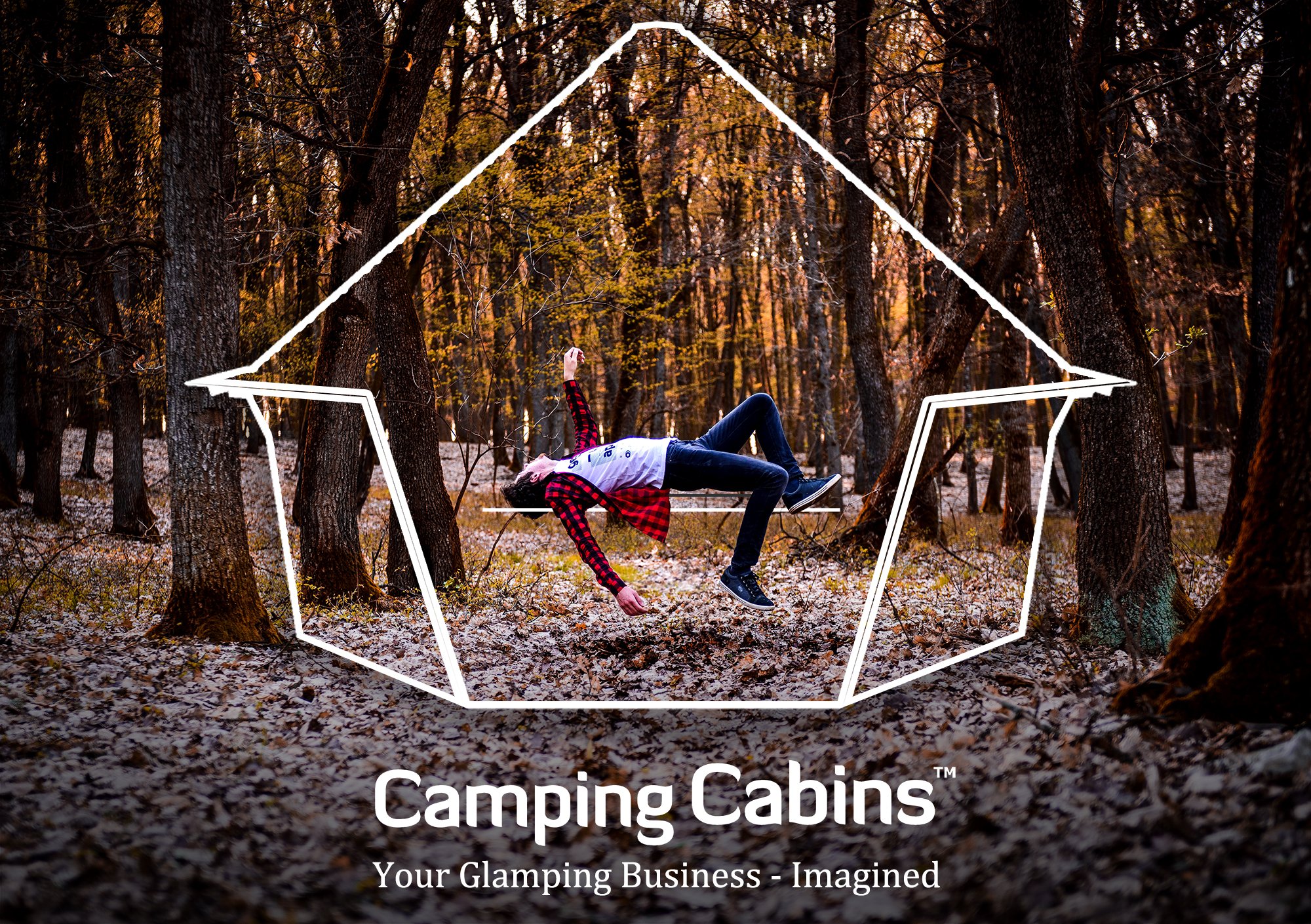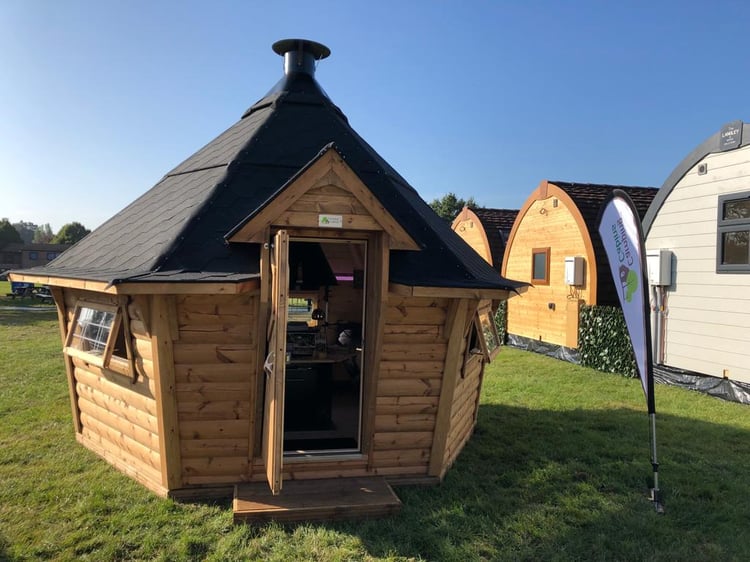
Obtaining planning permission for a glamping business is no mean feat, especially when you're starting from scratch and diving into the world of self-employment. In fact, most glamp site business owners say that this is the most time-consuming and difficult part of the process and can take years to pass the full application. These horror stories are very much dependent on your local area and, with no complications, they are usually finalised within a matter of months. Having been able to play a huge part in over 20 glamp sites across the UK, Camping Cabins has collated a few principles you can adhere to in order to increase your chances of achieving a positive outcome and kick-start making your glamping dreams into a reality...
Seek Out A Planning Expert:
It is always recommended to speak to a planning expert when it comes to trying to obtain glamping planning permission. From our experience, it has become clear that planning guidance and attitudes vary across areas and they also can be subjective, open to interpretation and are influenced by local issues. Finding someone with specific experience of obtaining glamping planning consents or something along those lines will hugely aid you in understanding the real ‘heart’ of this type of business and the issues faced when seeking permission.
We take you through those key principles and other issues to consider in our 'Do's and Don'ts of Setting Up A Campsite' where we have put together some resources to help you plan and develop your vision to make it a reality. We can also provide personal advice just contact us and let us know what you need.
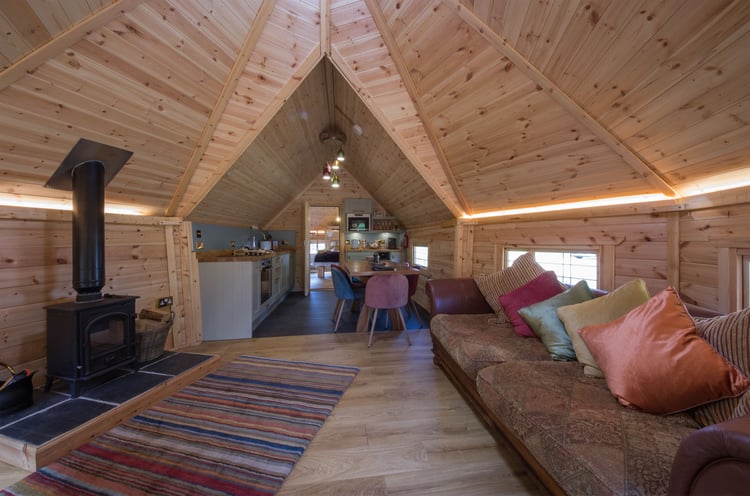
Key Factors:
There are a few things to watch out for when assessing a piece of land and it's potential for a glamping site before you buy.
Although it can be difficult and unrealistic, it is wise to avoid Greenbelt Land (natural, undeveloped, and/or agricultural lands that surround urban areas), National Parks, AONB (Areas of Natural Beauty), or Heritage sites. However, if this isn't a viable option then you can get ahead of the curve by:
- Reviewing your local Neighbourhood Plan for local directives as it will include any notes about extra holiday accommodations, specifically if they are encouraged or discouraged in a particular area.
- Opting for your Glamp site to be based on a Farm and Agricultural property is more favourable as NPPF (National Planning Policy Framework) allows for diversification on farms.
- Having sufficient access is key; access roads and highways can turn an application dead in the water - although the committee will normally come out to view the area and give you advice if asked nicely (so get your charm on and basket of freshly baked goods ready).
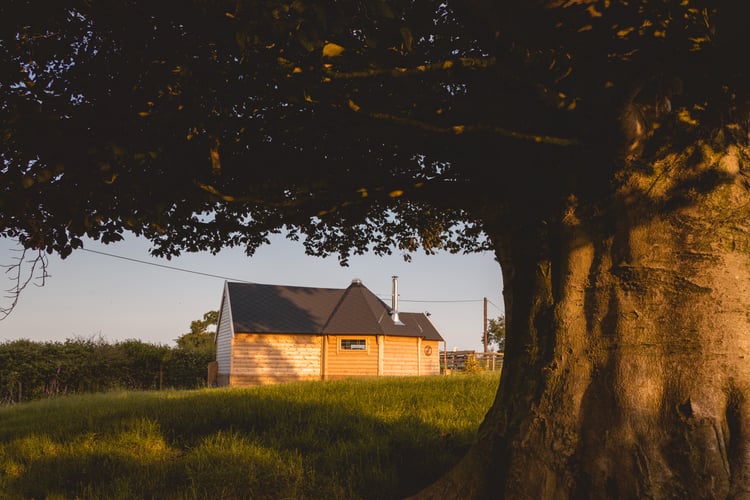
5 Top Tips To Give You The Best Chance Of Success In Achieving Planning Consent...
1. Favouring to buy/rent a farm, smallholding or previously allowed campsite or holiday accommodation, which is distant from neighbours with exceptional road access.
2. Invest in an expert to help you get a professional view on the terms and conditions and arrange for them to visit the land before you buy.
3. Correspond with local highways agencies in order to consider any issues they might have with your business plan.
4. Liaise with local planners (if they are willing to respond) allowing you to get ahead of any issues they may bring up when deciding on planning consent.
5. Avoid completing on land before planning permission has been achieved, although this is quite likely to involve a financial uplift and/or loss of deposit yet quite common in the world of land developers. However, think about the financial chaos that would ensue if you sign off on a great piece of land only to be denied planning permission and are unable to make your Glamp site dream a reality...
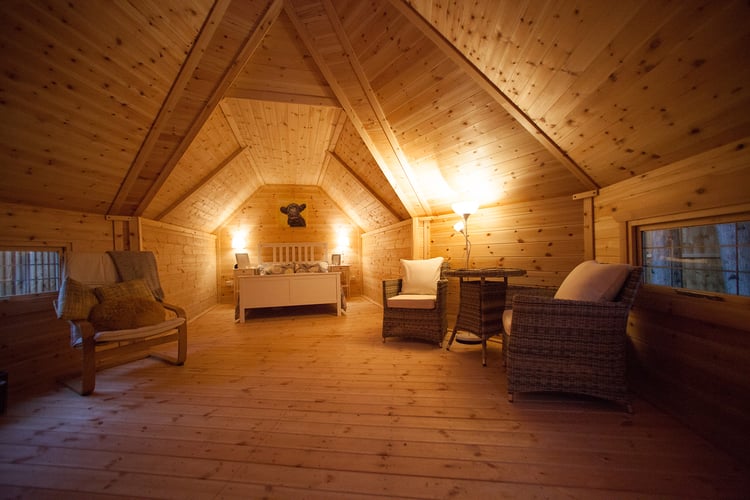
Furthermore, if you already own land then you must ensure to be flexible in your approach to increasing units. For example, if the surrounding area has a large variety of established Glamp Sites all offering Yurts or Shepherd's Huts then you need to be prepared to opt for something different. Offering a Camping Cabin, Studio Lodge or BBQ Hut allows you to develop a strong USP (Unique Selling Point) meaning planners cannot complain of an overcrowding of similar products - trust us, planners do not like a surplus of things and they will be more than aware of what is already locally available!
The best way in which to approach planning development is one step at a time. A good way to dip your toe in is to follow the 28 days permission available to most businesses across England and Wales. Consider low impact units like easily removable tents, caravans on wheels and specially designed low impact builds. Additionally, try to avoid land which lacks flat bits so you do not have to start digging the ground up or building any kind of decking. Finally, do your research on the area you are looking at investing in and explore any other businesses that are built on green belt land or in an AONB - as shown in previous permission decisions - this could further back up your case!
Why Camping Cabins?
Camping CabinsTM are timber building manufacturers based in Derbyshire, UK. Along with our sister companies – Arctic Cabins, Cabins for Schools and Cabin Master, we have been providing families, schools and businesses with high quality timber buildings that are hand built since 2002. Our campsite buildings come in a variety of shapes and sizes to attract couples, families and large groups to your campsite. Our range of buildings will help you stand out within the Glamping Industry! Whether you want to offer a quirky, unique experience in Scandinavian inspired Cabin, an upgraded glamping experience or in our luxury home from home Annex style lodge – we’ve got a building for your business needs.
